Home>Gardening & Outdoor>Landscaping Ideas>What To Do About Burnt Grass
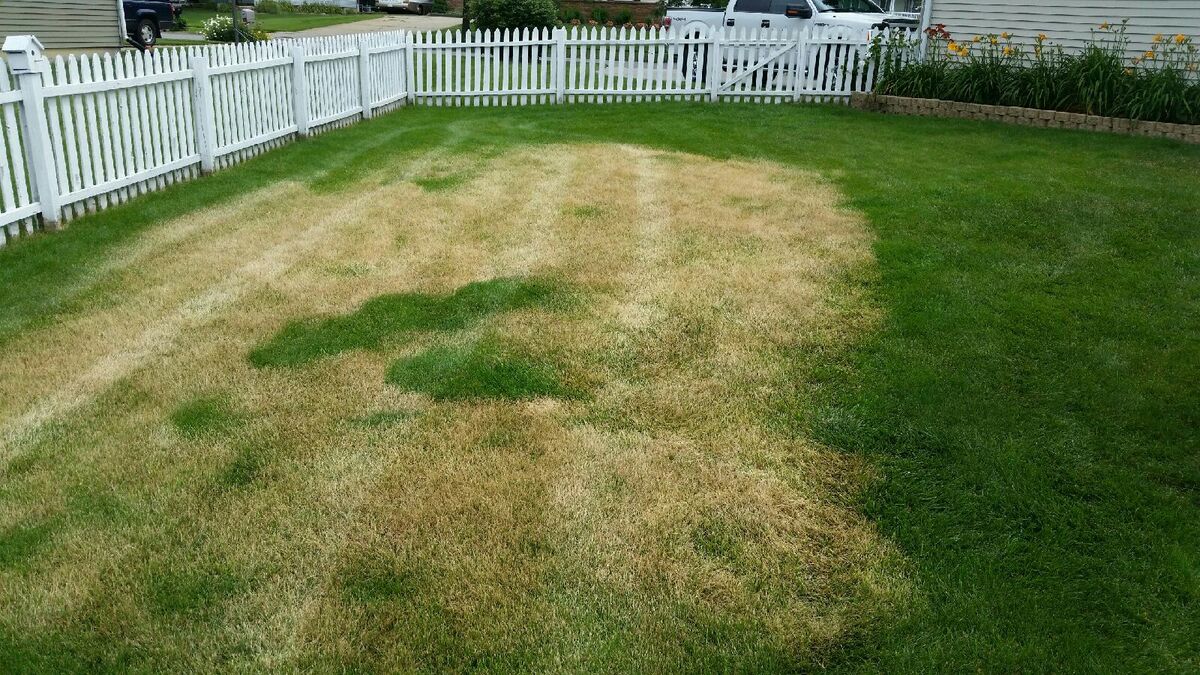

Landscaping Ideas
What To Do About Burnt Grass
Modified: March 26, 2024
Discover effective landscaping ideas to revive your burnt grass and restore the beauty of your lawn. Learn expert tips and techniques for successful lawn care.
(Many of the links in this article redirect to a specific reviewed product. Your purchase of these products through affiliate links helps to generate commission for Storables.com, at no extra cost. Learn more)
Introduction
Welcome to the wonderful world of landscaping, where lush green lawns and vibrant gardens create a picturesque backdrop for outdoor living. However, maintaining a healthy and beautiful lawn comes with its fair share of challenges, one of which is dealing with burnt grass. Whether it’s due to scorching heat, over-fertilization, pet urine, or chemical spills, seeing patches of brown, burnt grass can be disheartening for any homeowner or gardener.
But fret not, because in this comprehensive guide, we’ll delve into the intricacies of burnt grass, exploring the causes behind it and providing actionable steps to revive your lawn. Additionally, we’ll discuss preventive measures to safeguard your grass from future damage, ensuring that your outdoor oasis remains a lush and inviting space for relaxation and recreation.
So, let’s roll up our sleeves and embark on a journey to rejuvenate your burnt grass, transforming your lawn into a verdant paradise once more. With a little know-how and a touch of dedication, you’ll soon be on your way to enjoying a vibrant, thriving lawn that’s the envy of the neighborhood.
Key Takeaways:
- Revive burnt grass by assessing damage, watering, soil aeration, overseeding, applying organic matter, adjusting fertilization, and monitoring progress. Patience is key for a lush, green lawn.
- Prevent burnt grass by proper watering, monitoring fertilization, managing pet areas, cautious chemical use, maintaining soil health, and choosing resilient grass varieties. Protect your lawn’s long-term vitality.
Read more: What To Do About Dead Grass Patches
Understanding Burnt Grass
Before we can effectively address the issue of burnt grass, it’s essential to understand what causes this unsightly browning and damage to your lawn. Burnt grass can result from various factors, each leaving its distinct mark on your once-lush carpet of green. Here are some common culprits:
- Heat Stress: Prolonged exposure to intense heat and sunlight can scorch grass, causing it to turn brown and brittle. This is especially common during the hot summer months, when lawns may struggle to retain moisture and endure the relentless sun.
- Over-Fertilization: While fertilizing your lawn is essential for promoting healthy growth, excessive or uneven application of fertilizer can lead to chemical burns on the grass, resulting in patches of burnt, yellowed turf.
- Pet Urine: The nitrogen in pet urine can act as a concentrated fertilizer, causing grass to burn and turn brown in the affected areas. This is a common issue for pet owners, particularly with dogs that frequent the same spots in the yard.
- Chemical Spills: Accidental spills of chemicals such as herbicides, pesticides, or harsh cleaning agents can wreak havoc on your lawn, causing localized damage and discoloration.
Now that we’ve identified some of the primary causes of burnt grass, it’s evident that addressing this issue requires a tailored approach based on the specific factors at play. By recognizing the underlying reasons for your lawn’s distress, you can take targeted steps to revive and restore its vitality, ensuring that it once again flourishes with lush, green splendor.
Steps to Revive Burnt Grass
Reviving burnt grass requires a strategic and systematic approach to address the underlying causes of the damage and nurture the lawn back to health. Here are actionable steps to breathe new life into your burnt grass:
- Assess the Damage: Begin by assessing the extent of the damage to your lawn. Identify the areas where the grass is burnt or discolored, and take note of the potential causes, such as heat stress, over-fertilization, pet urine, or chemical spills.
- Watering: Proper hydration is crucial for revitalizing burnt grass. Ensure that the affected areas receive adequate water, but be mindful of overwatering, which can lead to other issues such as fungal growth. A deep, thorough watering early in the morning or late in the evening can help rejuvenate the grass.
- Soil Aeration: Compacted soil can impede the grass’s ability to absorb water and nutrients. Aerating the soil can alleviate compaction and enhance the lawn’s resilience. Consider using aeration tools to perforate the soil and promote better air and water circulation.
- Overseeding: Introducing new grass seed to the affected areas can expedite the recovery process. Choose high-quality grass seed that is well-suited to your region and climate, and ensure proper seed-to-soil contact for optimal germination and growth.
- Applying Organic Matter: Incorporating organic matter, such as compost or well-decomposed manure, can enrich the soil and provide essential nutrients to support the recovery of the grass. Spread a thin layer of organic matter over the affected areas to nourish the soil and promote healthy regrowth.
- Adjusting Fertilization: If over-fertilization contributed to the burnt grass, adjust your fertilization practices to prevent further damage. Follow recommended application rates and schedules, and consider using slow-release fertilizers to provide a steady, balanced nutrient supply to the lawn.
- Monitoring and Patience: Patience is key when reviving burnt grass. Monitor the progress of the recovery efforts, and be prepared to adjust your approach based on the lawn’s response. With consistent care and attention, you’ll soon witness the rejuvenation of your once-burnt grass.
By following these steps and tailoring your approach to address the specific causes of burnt grass in your lawn, you can effectively facilitate the revival of your turf, restoring its lush green appearance and vitality.
To revive burnt grass, water deeply and regularly, aerate the soil, and apply a nitrogen-rich fertilizer. Avoid cutting the grass too short.
Preventing Burnt Grass
While reviving burnt grass is crucial for restoring the health and beauty of your lawn, implementing preventive measures can help safeguard your turf from future damage. By proactively addressing the factors that contribute to burnt grass, you can maintain a resilient and vibrant lawn. Here are key strategies for preventing burnt grass:
- Proper Watering: Establish a consistent watering routine that provides adequate moisture to your lawn without promoting waterlogged conditions. Deep, infrequent watering encourages robust root growth and helps the grass withstand heat stress.
- Monitoring Fertilization: Follow recommended fertilization guidelines and avoid over-application of fertilizers, which can lead to chemical burns on the grass. Choose fertilizers tailored to your lawn’s specific needs and apply them at the appropriate times to promote healthy growth.
- Pet Area Management: If you have pets, designate specific areas for them to relieve themselves, and promptly dilute pet urine with water to minimize its impact on the grass. Consider training pets to use a designated area or explore pet-friendly lawn care products to mitigate the effects of urine on the turf.
- Proper Chemical Use: Exercise caution when using herbicides, pesticides, or other chemicals in your yard. Follow application instructions meticulously, and take measures to prevent accidental spills or overspray that can harm the grass.
- Maintaining Soil Health: Regularly aerate the soil to prevent compaction and improve its ability to absorb water and nutrients. Additionally, enrich the soil with organic matter to enhance its fertility and support the overall well-being of the grass.
- Choosing Resilient Grass Varieties: When establishing or overseeding your lawn, select grass varieties that are well-suited to your climate and exhibit resilience to heat, drought, and other stressors. Consulting with local experts can help you identify the most suitable grass species for your region.
By integrating these preventive measures into your lawn care regimen, you can fortify your grass against the risk of burning and promote its long-term health and vitality. Consistent attention to these strategies will contribute to the resilience and enduring beauty of your lawn, ensuring that burnt grass becomes a distant memory.
Conclusion
As we conclude our exploration of burnt grass and its revival, it’s evident that nurturing a healthy, vibrant lawn requires a blend of proactive care, targeted interventions, and a deep understanding of the factors that can lead to grass damage. Whether it’s combating the effects of heat stress, addressing over-fertilization, managing pet-related concerns, or mitigating the impact of chemical exposure, the journey to reviving burnt grass is a multifaceted and rewarding endeavor.
By embracing the steps outlined in this guide, you can embark on a transformative journey to breathe new life into your lawn, witnessing the gradual resurgence of lush, green turf in place of unsightly brown patches. From strategic watering and soil aeration to thoughtful overseeding and the application of organic matter, each step plays a vital role in nurturing the recovery of your burnt grass.
Furthermore, the implementation of preventive measures ensures that your lawn remains resilient and resistant to future instances of burnt grass, safeguarding its beauty and vitality for the long term. By adopting proper watering practices, mindful fertilization, responsible pet area management, and careful chemical use, you can create an environment where your grass thrives, unfettered by the specter of burning and discoloration.
As you embark on this journey, remember that patience, attentiveness, and a deep connection to your outdoor space are invaluable allies in the quest for a lush, healthy lawn. Your commitment to the well-being of your grass will yield a bountiful harvest of verdant beauty, providing a welcoming backdrop for leisure, recreation, and cherished moments with loved ones.
So, with these insights and strategies at your disposal, you’re well-equipped to embark on the revitalization and preservation of your lawn, ensuring that burnt grass becomes a fleeting memory in the tapestry of your outdoor oasis. Embrace the journey, savor the nurturing process, and revel in the resplendent, rejuvenated beauty of your revitalized lawn.
Frequently Asked Questions about What To Do About Burnt Grass
Was this page helpful?
At Storables.com, we guarantee accurate and reliable information. Our content, validated by Expert Board Contributors, is crafted following stringent Editorial Policies. We're committed to providing you with well-researched, expert-backed insights for all your informational needs.
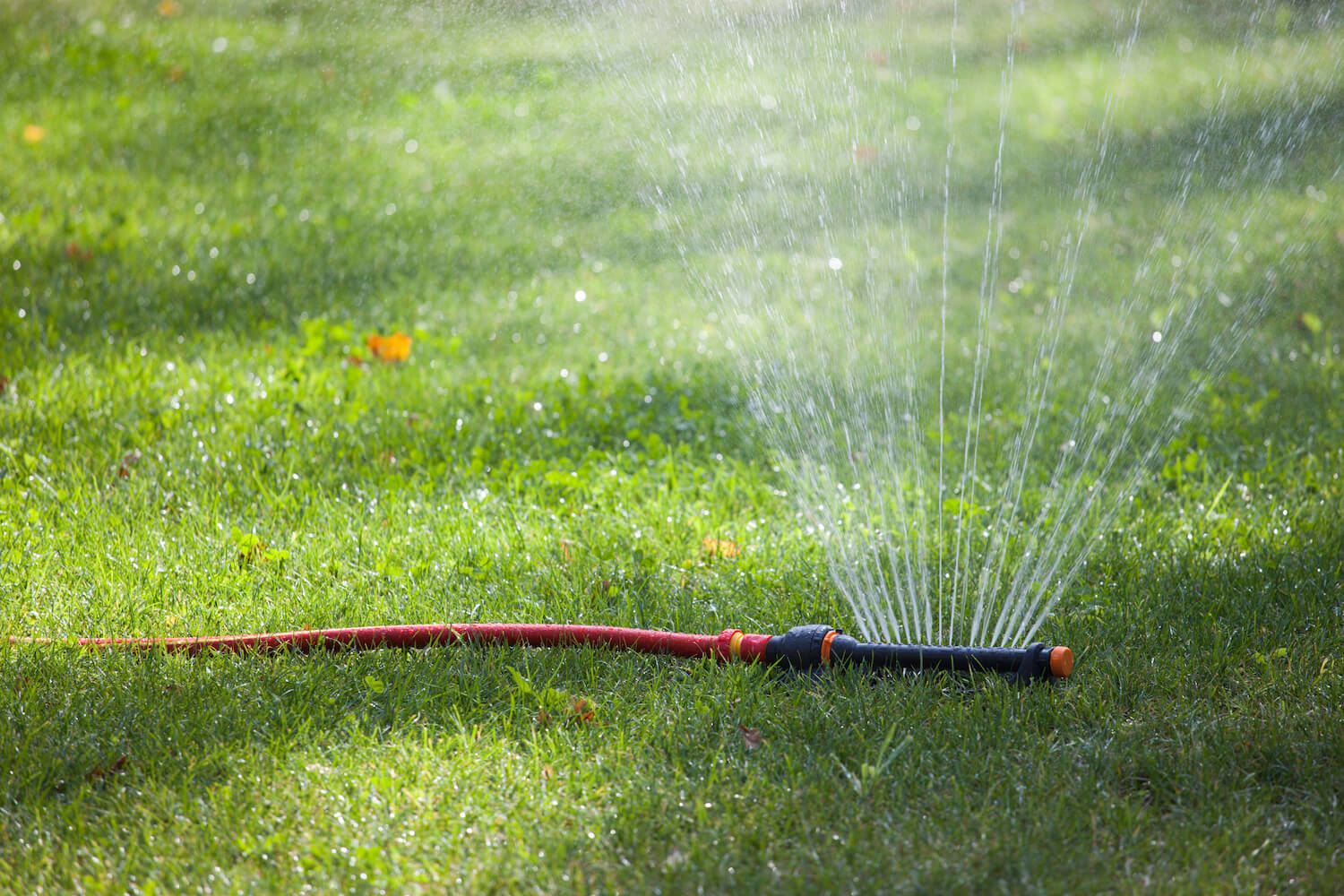
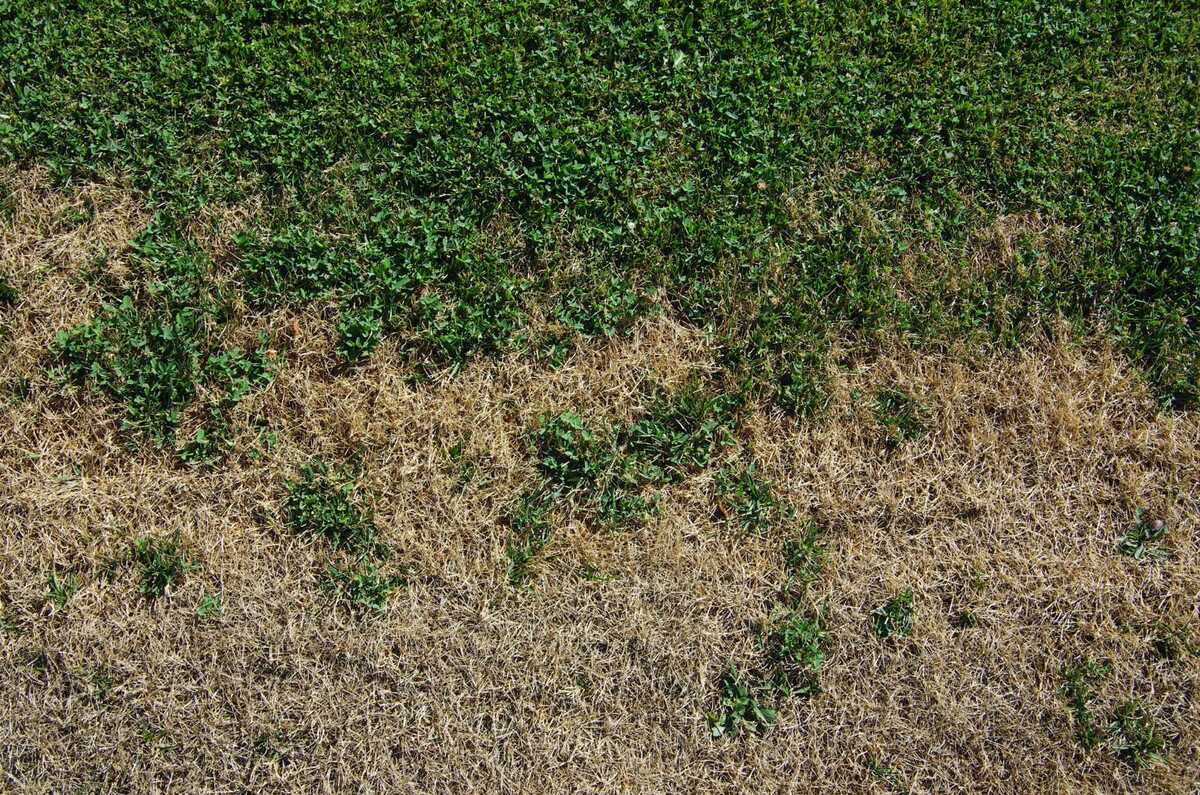
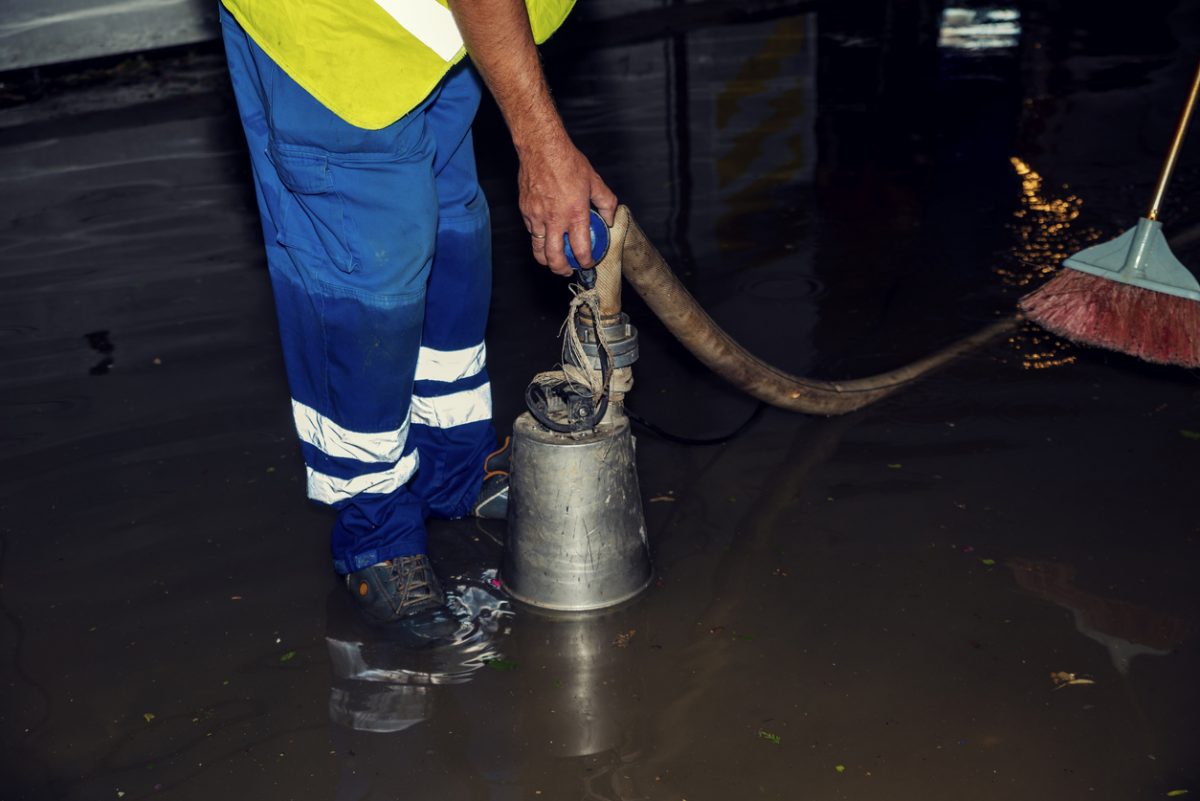
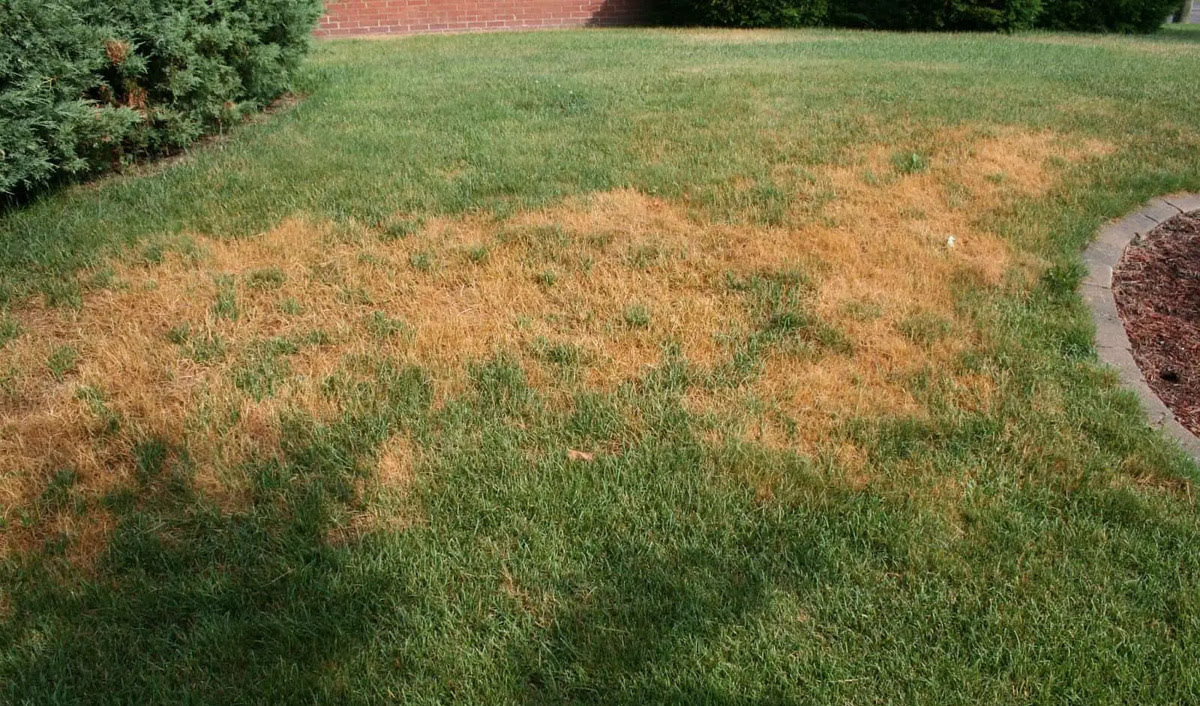

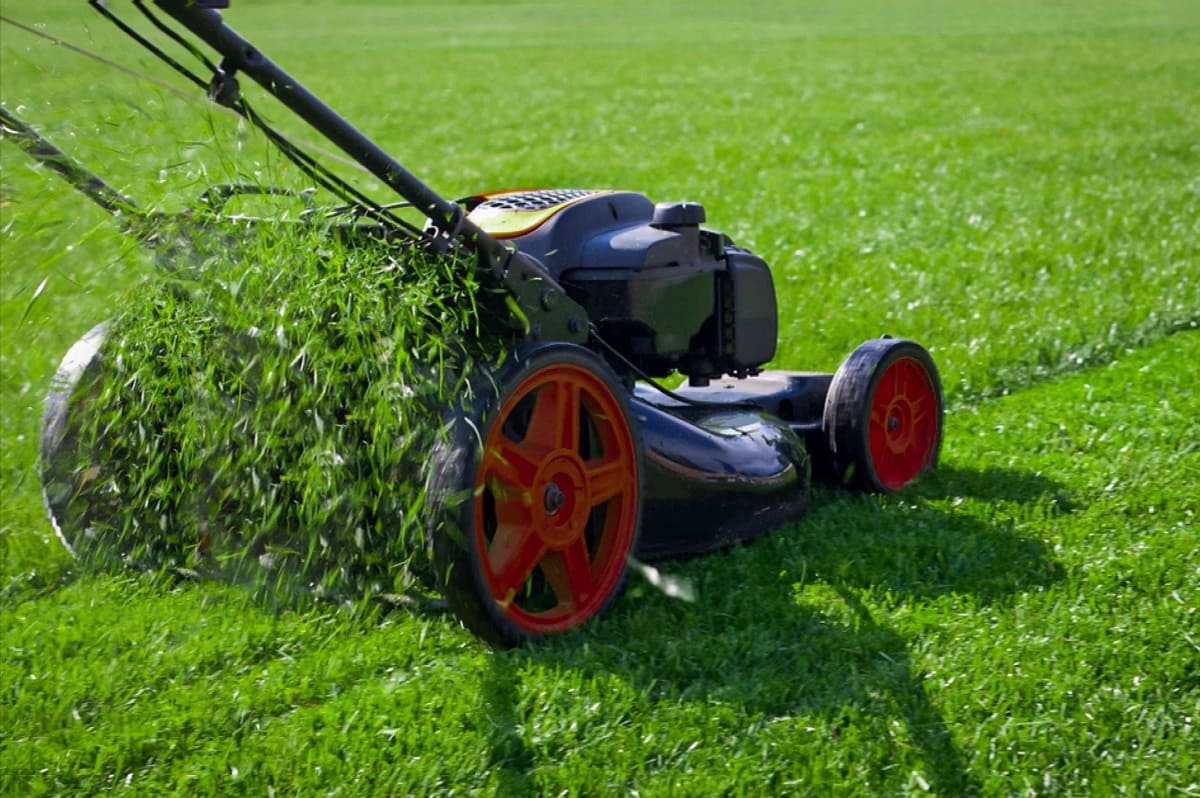
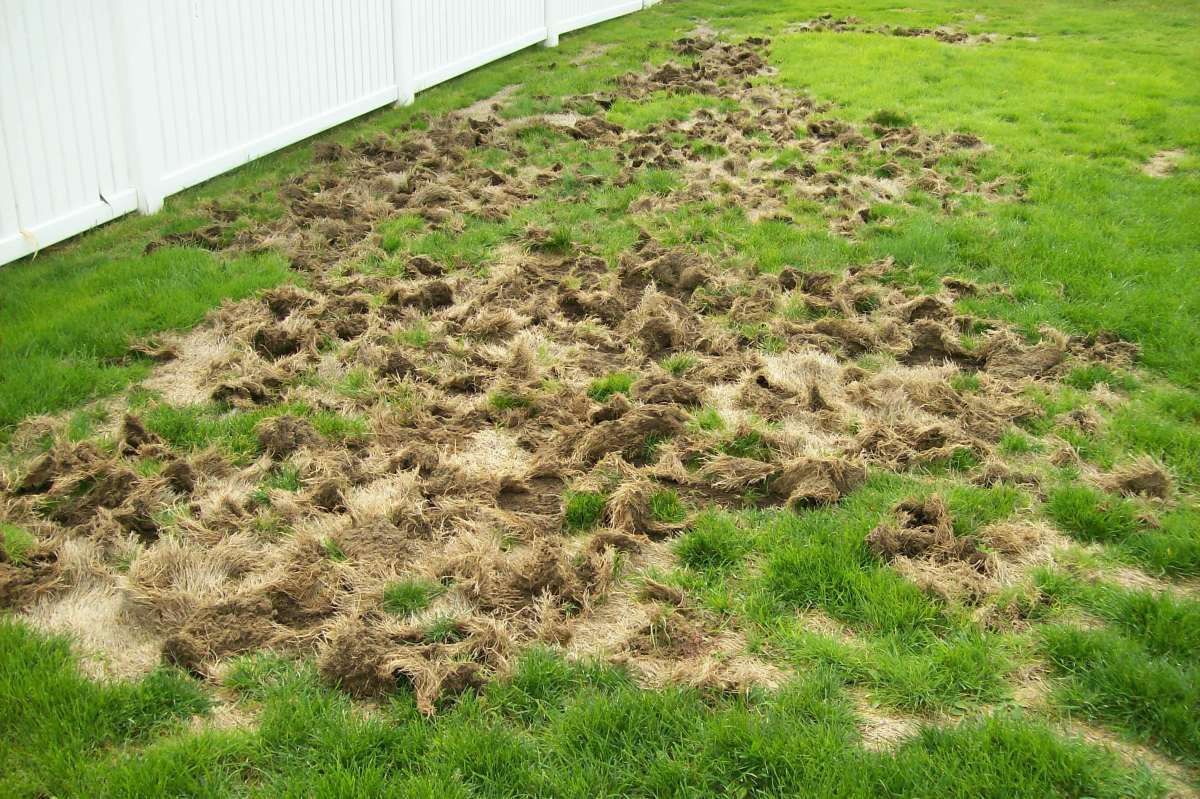
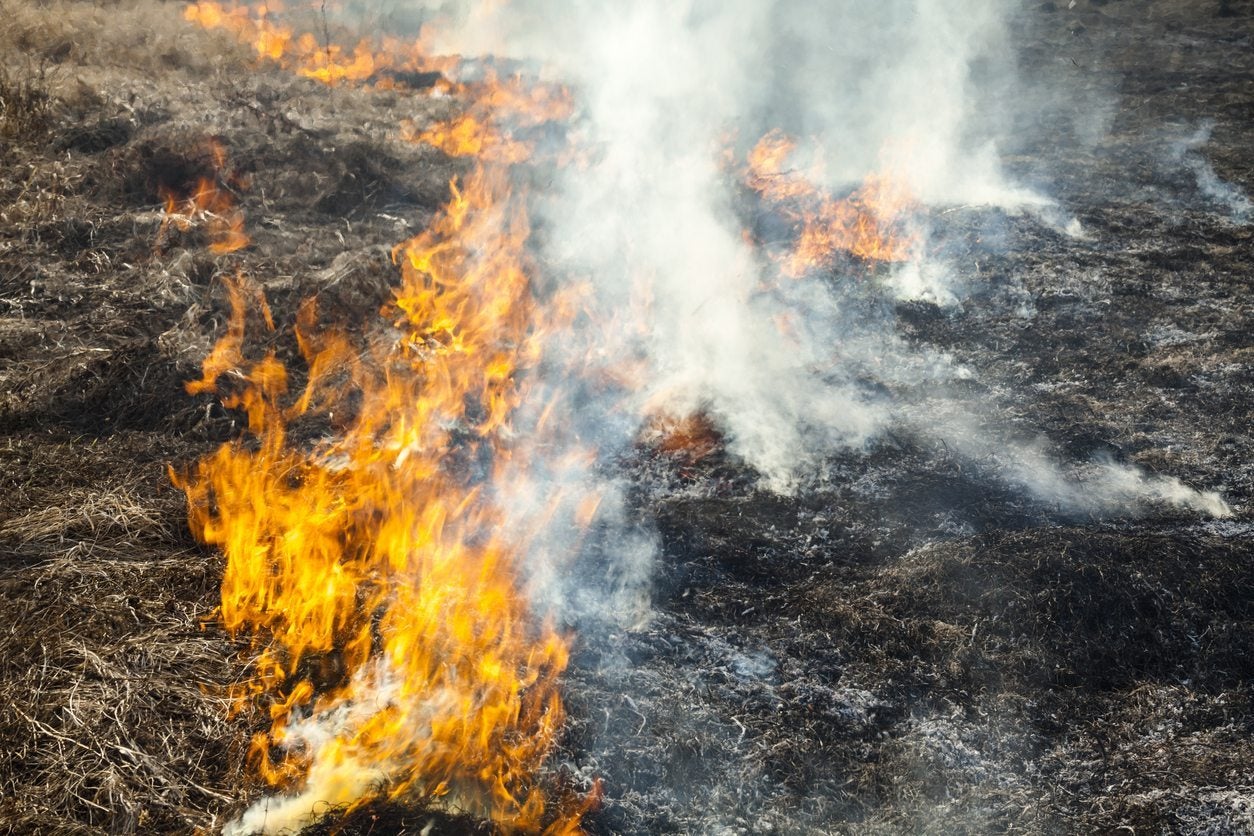

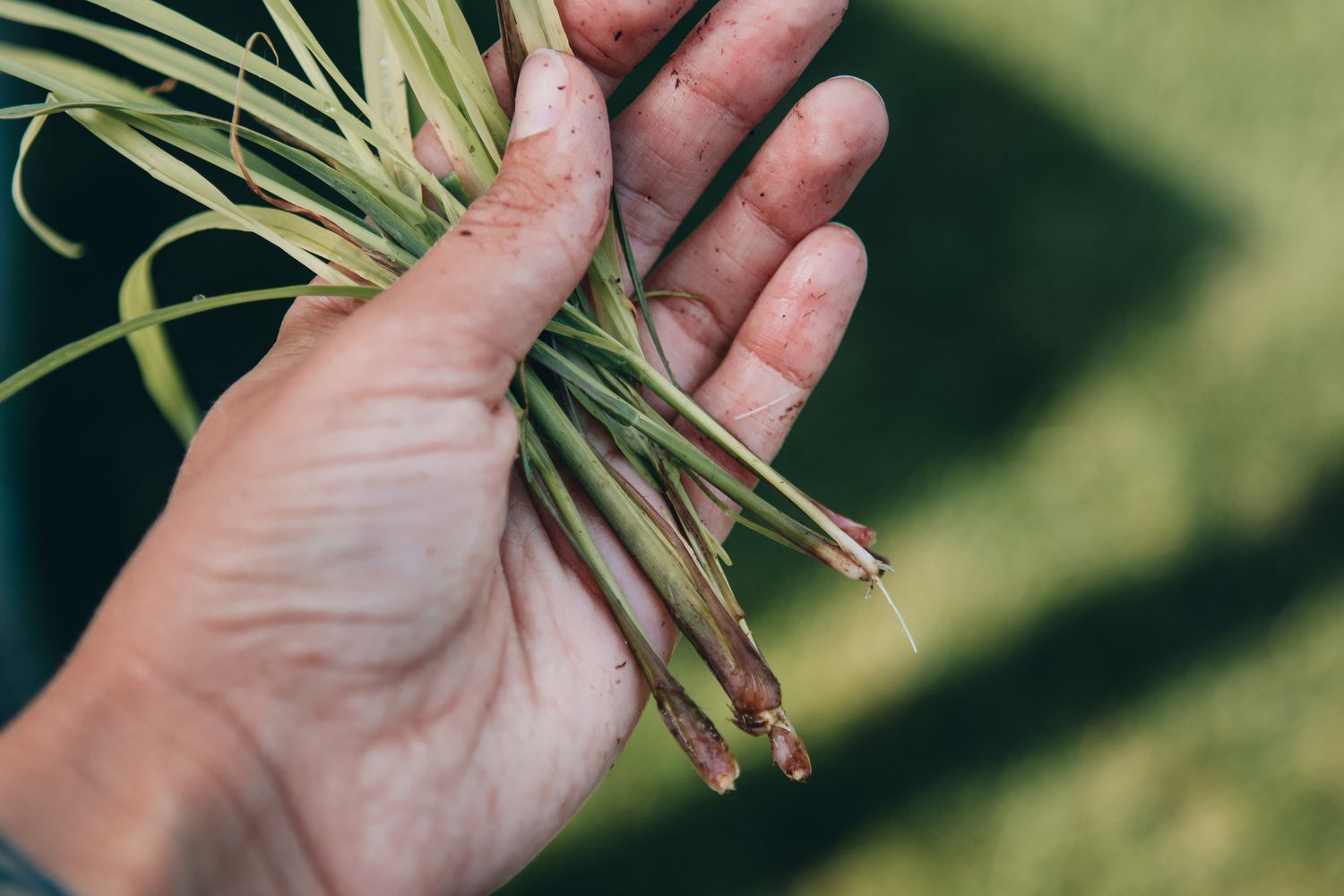
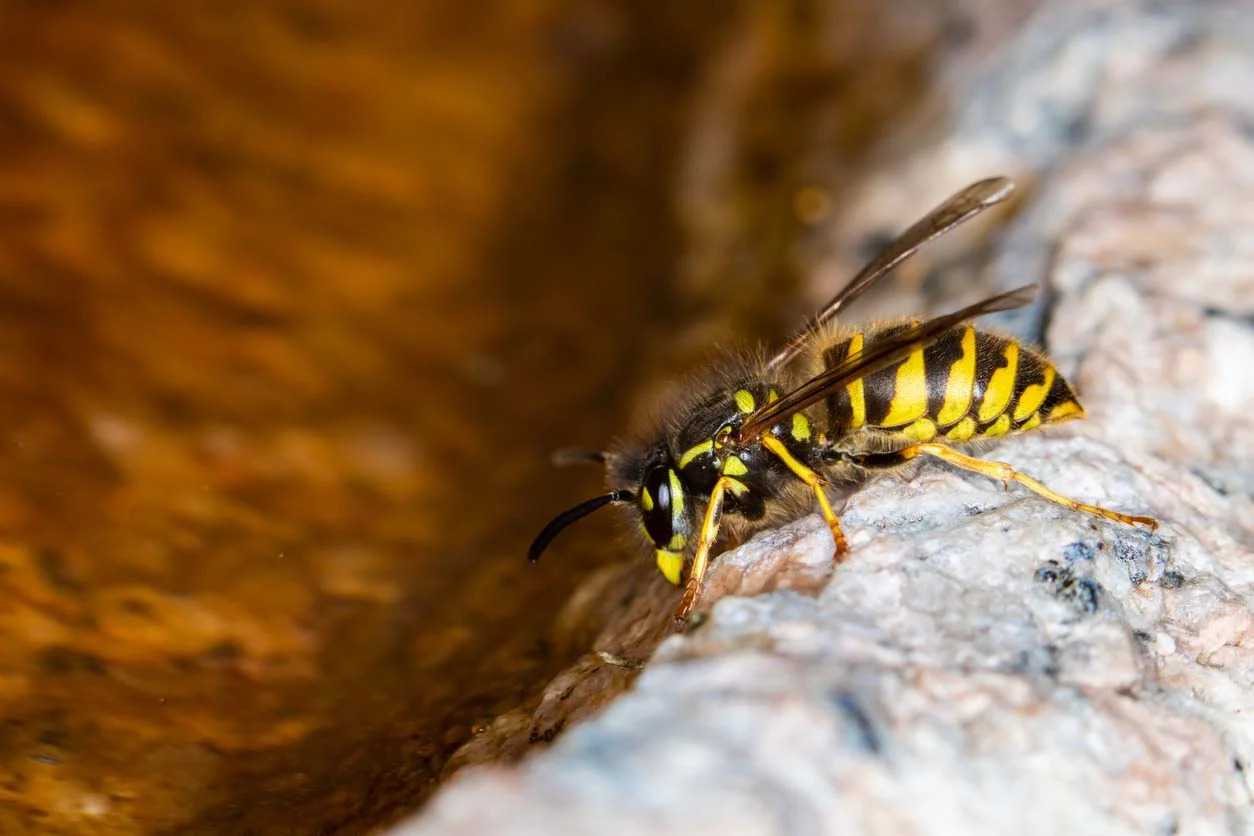
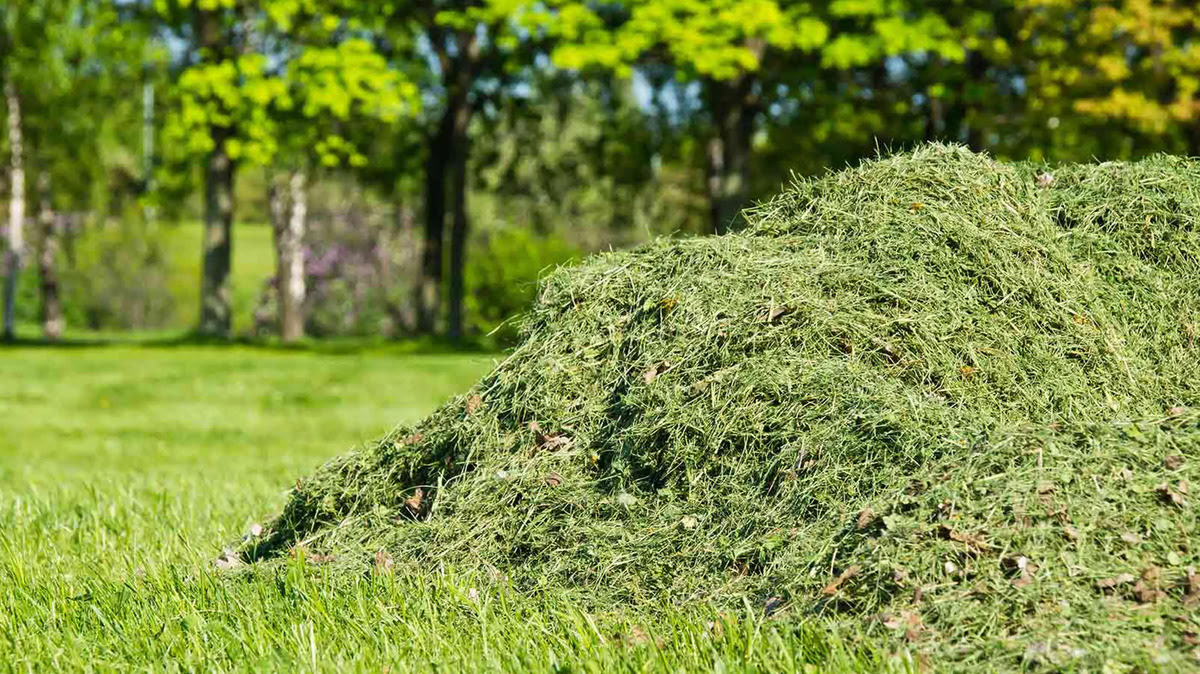

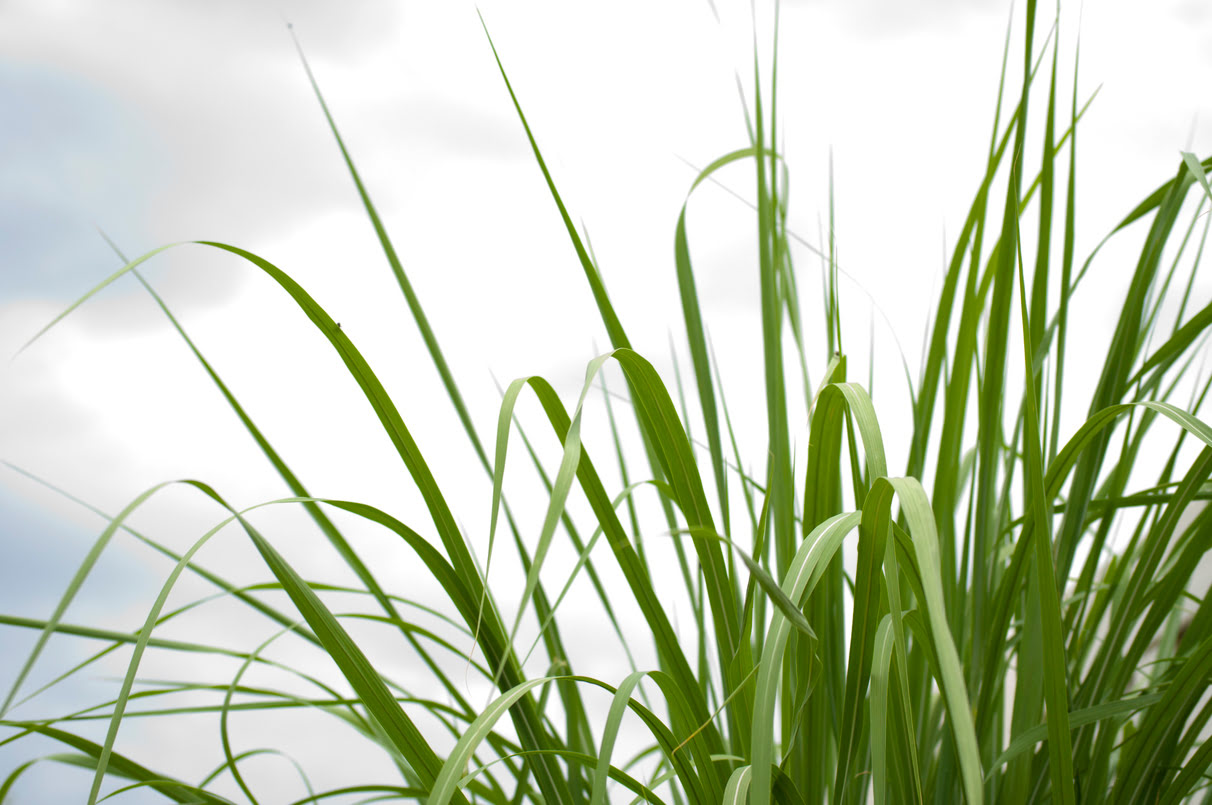
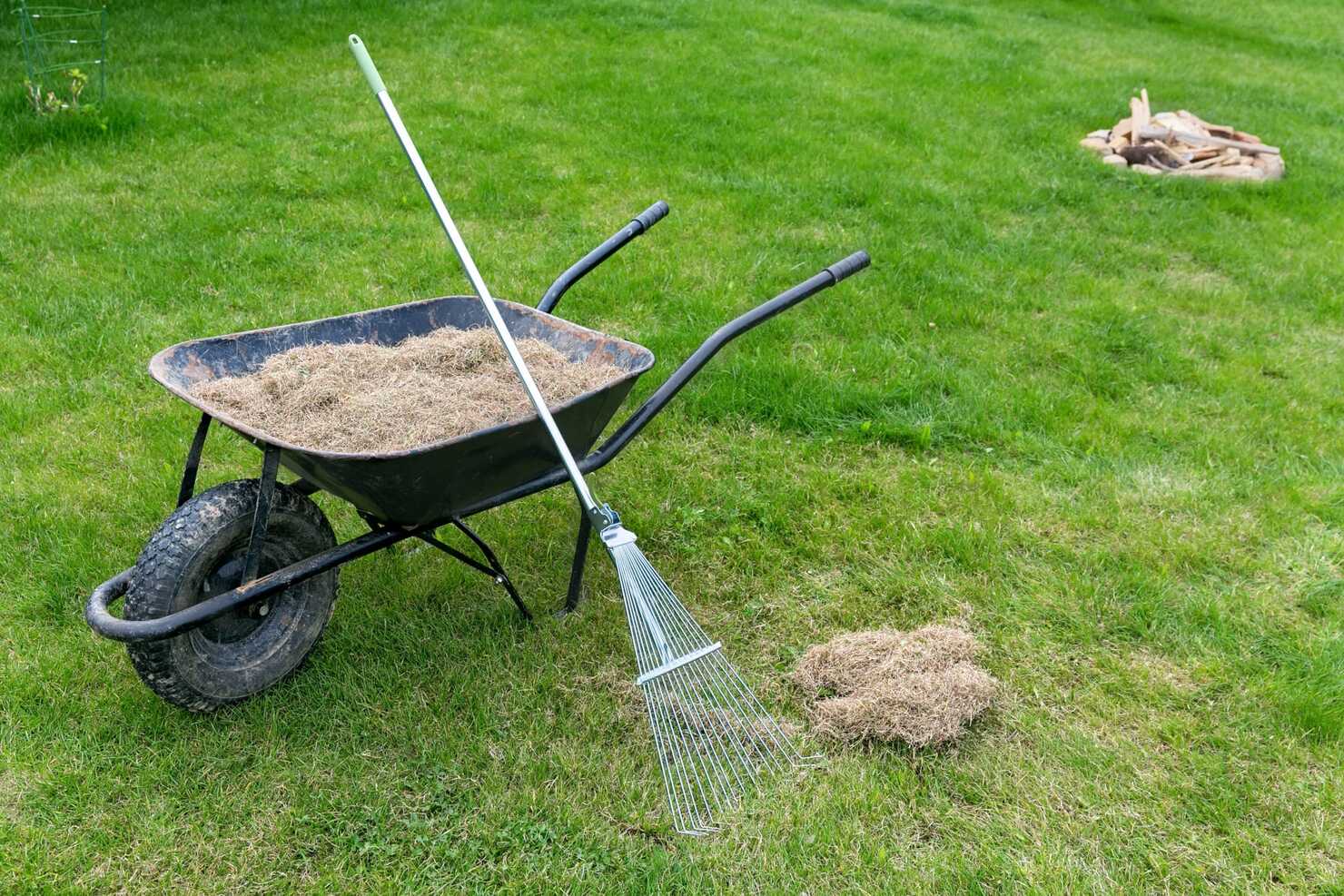

0 thoughts on “What To Do About Burnt Grass”